 It’s the scourge of effective marketing: content that caters to everyone and thus caters to no one. It’s plain old vanilla – ubiquitous, bland, and the default choice when you don’t really know what people want or care about and can’t be bothered to find out.
It’s the scourge of effective marketing: content that caters to everyone and thus caters to no one. It’s plain old vanilla – ubiquitous, bland, and the default choice when you don’t really know what people want or care about and can’t be bothered to find out.
When you follow a storytelling approach informed by data, it’s possible to be much more specific, and thus relevant, to your customers’ needs and interests. Instead of plain old vanilla, it’s goat cheese marionberry habañero. Instead of just a chocolate bar, it’s Tony’s Chocolonely Dark Pecan Coconut. Or, instead of yet another white paper about the virtues of a hybrid cloud environment, it’s a personalized video or peer-to-peer roundtable hosted by CIOs for CIOs.
Master the art and science of data-infused stories
Data-led content makes for much better stories, especially if you can personalize the message and delivery. What kind of data do you need to do that? Where do you find it? And how do you use it to create a more effective content strategy? Fortunately, you don’t have to be a data scientist, but it does require both art and science to connect the insights in your data to content and conversations.
Data-led #content makes for better stories, especially if you personalize the message and delivery. @CarmenHill
Click To Tweet
“If you have customers and you have salespeople and you create content, then you have giant barrels of (data) monkeys that are just waiting to be linked,” says Julie Wisdom, co-founder and creative strategist for London-based agency ALIAS Partners, where she has developed a rational, proven approach for creating data-led content that doesn’t lose its sizzle and pop. “I say that because it absolutely can feel like a daunting task. But if you stick with it and just focus on linking a few at a time, your content strategy can confidently carry your marketing strategy.”
If you have customers & salespeople & #content, then you have barrels of data monkeys. @juliewisdom
Click To Tweet
With 24 years as a journalist-turned-B2B marketer, Julie has specialized experience and perspective on how to best use data to create more relevant, effective content strategies that tell a great story.
HANDPICKED RELATED CONTENT:
Add empathy to personalized content
First, Julie advises, dig into your existing customer data. When maintained, it’s the single best view into the behavior of your ideal customer. While search and social data are typically the easiest to analyze for topic popularity, customer data provides the richest insight for planning content stories and adding empathy to each stage of your buyer journeys. “Customer and prospect data are precious,” she says
Customer data provides the richest insight for planning content stories, says @JulieWisdom.
Click To Tweet
Too many companies overlook or even avoid the data they have internally, either because it’s unstructured and difficult to get or they don’t have a strategy for how they want to use it. “It’s worth the time, pain and anguish of doing whatever is required to access that data, because it’s so hugely valuable,” Julie says, “as long as you remove anything too dated.”
The data in your CRM and marketing automation systems can help you understand how and why your customers became buyers in the first place. Looking across hundreds of thousands (if appropriate) of records, you can get aggregate insight into the buyer journey. Customer engagement data can reveal how your content is performing, including which content drives the most interest and what helps to move people most aggressively from awareness to consideration to purchase to optimization and back to consideration for the next thing.
“If you are feeding this information into Salesforce, for instance, you can see what decision-makers and influencers from a single account consumed through their journey,” Julie says. “This is one potent way to inform your content strategy for their future and also for like accounts.”
HANDPICKED RELATED CONTENT:
Use behavioral data to understand decision-making styles
Some of the most interesting insights relate to how people – and companies – make or influence buying decisions. Are they more emotional or rational? Do they make decisions quickly or more deliberately? There are distinct differences, depending on a person’s role, department, company, and industry – and the buying personality of the company.
“Two companies in the same industry can be radically different,” Julie says, “so why do we focus just on grouping profiles of roles rather than profiles of businesses?” She adds that different types of companies often have a distinctive style of decision-making based on their culture and leadership.
ALIAS uses a model for profiling prospects and target accounts based on buying modalities. This allows Julie and her team to create content based on stylistic differences, tailoring the tone of voice or format for different preferences, rather than producing different content for every possible segment.
Here’s how different decision-making styles might be implemented in your content strategy:
- Competitive – interactive survey that compares answers with industry benchmarks
- Spontaneous – infographic with high-impact statistics and graphics
- Methodical – long-form, research-based white paper with lots of technical data
- Humanistic – case studies or first-person testimonials that highlight how others have solved similar problems

To do this, you must get to the first-party behavioral data that reveals how your customers buy from you. Behavioral data can also be used to generate a targeted list of look-alike companies. This natural alignment between customers you have and prospects who share similar buying behavior helps you to not only choose the right accounts to go after but also to create the right kind of content to engage with prospects in those companies.
Interview sales and customers to inspire storylines
Interviews with your sales team and with customers are another critical source of firsthand data. “You simply should not do any kind of strategy without it,” Julie says, adding that too often marketers get it wrong, especially when it comes to their colleagues in sales.
Don’t create your #contentstrategy without talking to sales team & customers, says @JulieWisdom.
Click To Tweet
“Your sales team can be an absolute gold mine when it comes to understanding how your existing customers are aligned and make decisions,” she advises. “There are ways of teasing out good data from salespeople, but you have to ask the right questions. Bring in the voice of the customer and ask questions that get the salespeople talking about customers as if they were the product you are selling. This will help you frame and market to your ideal customer profile.”
You also need to talk with customers. Julie recommends using customers to provide peer insight, and both emotional and rational anecdotes. “You can then use these insights and anecdotes to inspire storylines that show not only what’s possible but how,” she says.
Finally, don’t overlook the greatest value of your subject matter experts. “They tend to think and act like peers to your customers, living and breathing their experiences,” Julie says, which makes them a valuable source of thought leadership stories to tie to your brand. “Ask where they go for inspiration, what they look like when they are at home, and roll this into your content strategy.”
HANDPICKED RELATED CONTENT:
Cast a wider net with intent and install-base data
First-party data is the richest source of data, but third-party data can provide a valuable aggregate view of your audience that can help to inform your content strategy. Just be sure that the data provider captures that information in an ethical way and adheres to high standards of data privacy and security.
Intent data: Identifying low-hanging fruit
Understanding what your target audience is searching for and viewing online reveals valuable clues about their interests and propensity to buy. Tracking data on your owned properties, along with data from third-party websites and social networks, can help you identify which prospects are in market and ready to buy.
Find out what the audience is searching for to reveal clues to interests & propensity to buy. @CarmenHill
Click To Tweet
“By layering this intelligence into your content strategy, you can make smarter decisions, because you’re not wasting money creating late-stage content for an industry that isn’t truly ready for the solutions you have to offer,” Julie says.
Install base data: Customizing based on technographics
You can also incorporate install-base or technographic data into your content strategy.
This is particularly useful in tech companies, as install-base data measures the number of units of a product or service in use. In a nutshell, it indicates how many companies currently have your software installed. Some martech companies allow you to conduct searches based on “what companies have product x installed” and reveal what else they have in their tech stack.
By understanding which hardware and software a company uses, you can customize your content to address product challenges or insights. This information is particularly powerful for technology companies that offer complementary or competitive solutions.
For example, you might tailor your messaging to address the challenges of a competitor’s product and focus on the benefits that differentiate your own solution. Alternatively, you might use install-base data to exclude prospects from a campaign. It makes sense for a company that offers an accounting solution built on Salesforce to target only those companies that use Salesforce.
ABX: Building an account-based content strategy
If this sounds like the kind of data you might use in account-based marketing you’re right. Although the specific tactics differ, ABM and content marketing share a common philosophy that puts customers at the center and communicates in a way that addresses their needs and interests at every stage of the buying journey.
At the center of this Venn diagram is ABX – the account-based experience.

The ABX framework calls for content rooted in actual customer and competitive data and insights tied to your value propositions through the customer perspective. All content has a purpose and is connected to other content.
In account-based experience, all content has a purpose & connects to other content, says @JulieWisdom.
Click To Tweet
Step 1. Insight: Get dirty in your data
From customer data and interviews to intent and install-base data, you have a treasure trove of information to create stories that are relevant, resonant, and valuable. Julie says the secret is in discovering what is different – or what you can make different. And to do that, she says, “You have to get dirty in your data.” Instead of settling for a simplified, top-level view, you need to dig deep into the data, combining and comparing data sets in different ways, to uncover more interesting and less obvious insights.
Step 2. Perspective: Frame your story around a unique point of view
Use the insight to deepen your understanding of the customer experience and worldview. Then paint a picture of how it could be better. What’s the fresh, interesting perspective that connects your value proposition to each audience? “The goal is to create a vision of the future without talking about yourself,” Julie says.
Step 3. Conversations: Create real customer value
A conversation map documents the knowledge you have gathered about your prospects and articulates how to frame the narrative around their worldview. Even a simple conversation map, like the one below, helps inform great stories and more effective content. As Julie explains, “A truly ownable story is rooted in the more intangible aspects of a value proposition. The ‘narrative’ is what teases this out.”

By aligning your value proposition to real value and mapping it to relevant messages, content, and offers, the conversation map serves as a blueprint for persuasive conversations.
Conclusion
“ABX isn’t just about the individual assets you’ll create but about the framework for your content strategy as a whole,” Julie says. “When you follow an approach that is informed by data, you force that strategy in a direction that naturally is more effective, differentiating, and relevant.”
With apologies to all you vanilla lovers, there is really no excuse for marketers to fall back on bland, generic content when data gives so many more interesting ways to tell your stories. The extra effort you put in up front will not only deliver higher quality content to your customers but also higher ROI on your content marketing.
A version of this article originally appeared in the November issue of Chief Content Officer. To expand your strategic content marketing toolkit, subscribe to CMI’s free weekday newsletter.
Cover image by Joseph Kalinowski/Content Marketing Institute
The post How to Make Your Bland Content Strategy Delicious appeared first on Content Marketing Institute.
from Content Marketing Institute https://ift.tt/2SkA3L7




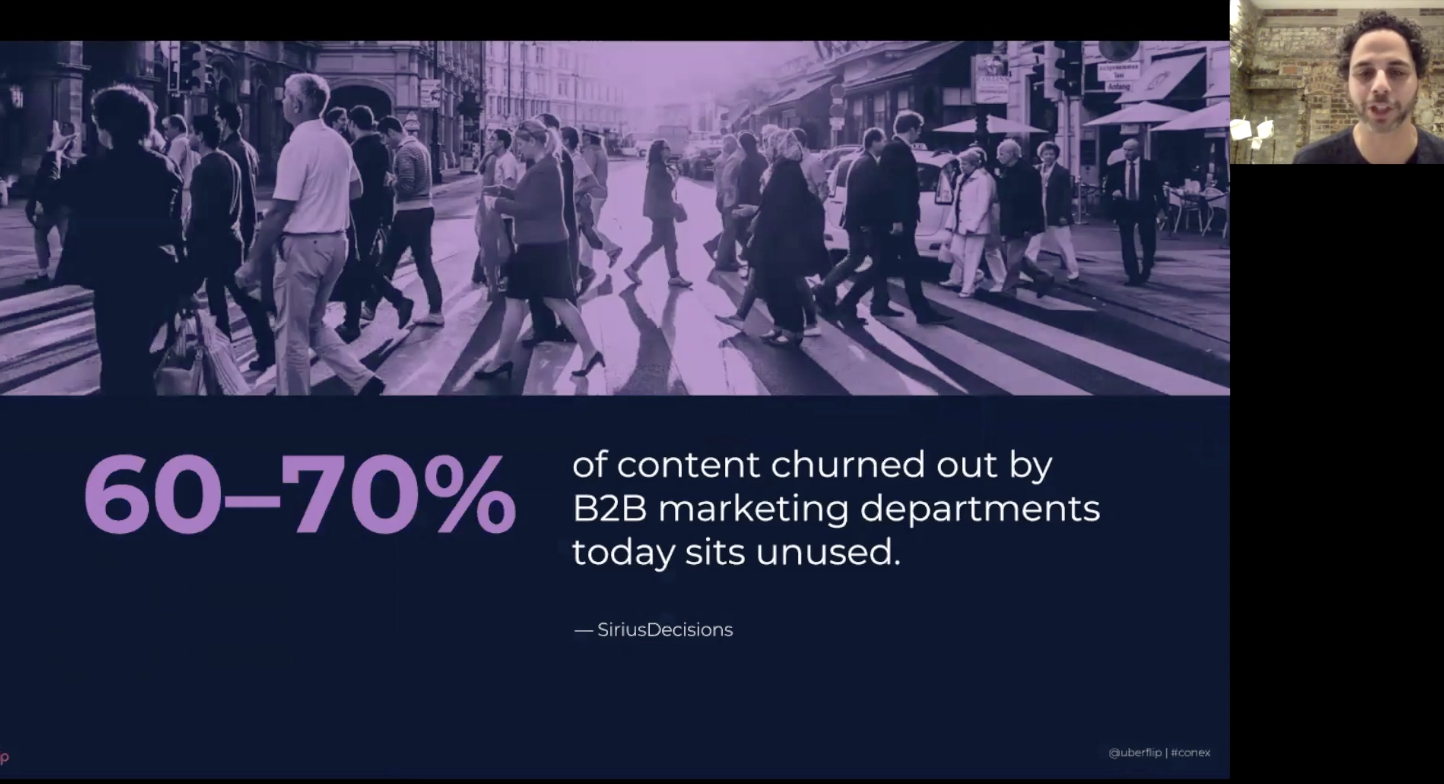
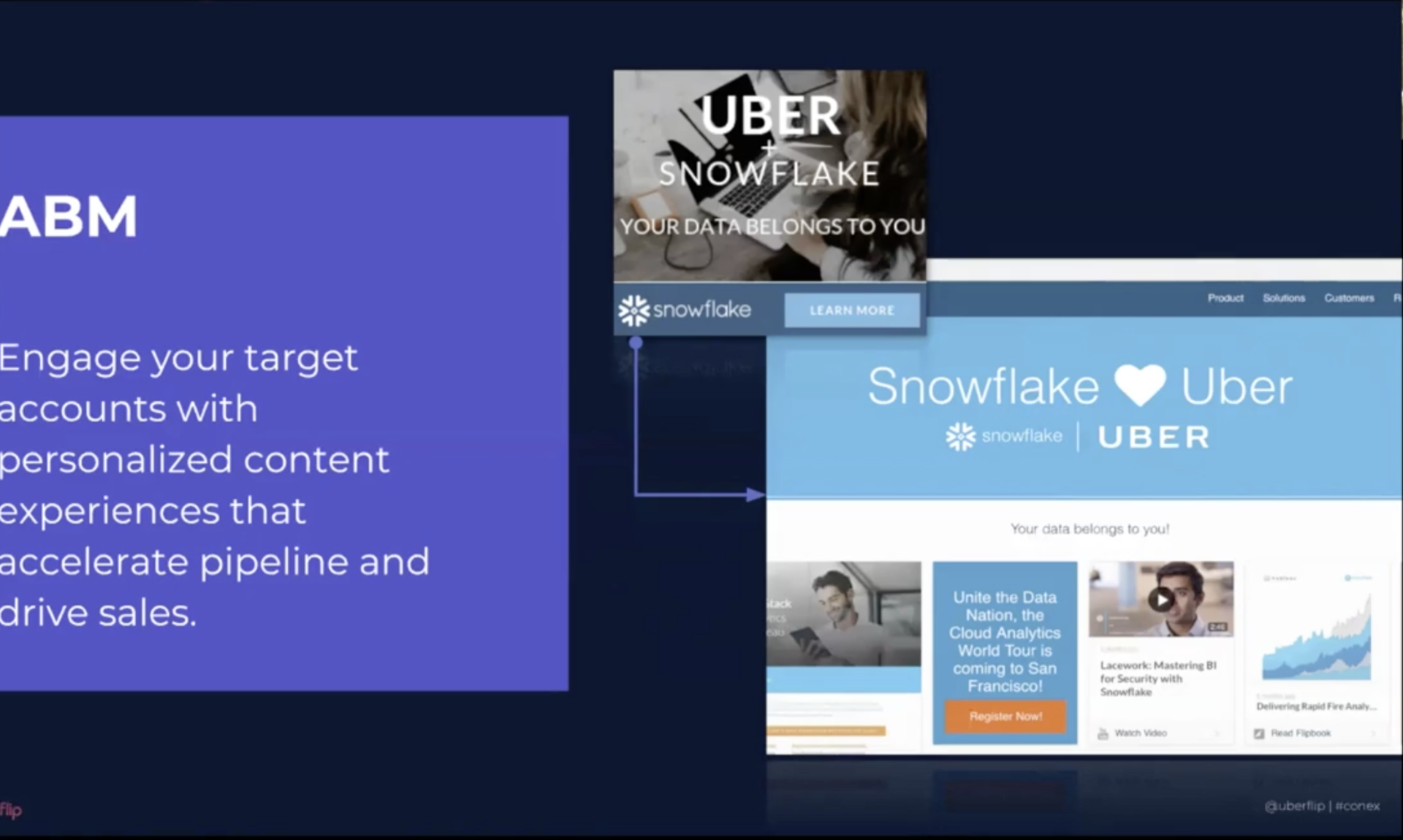
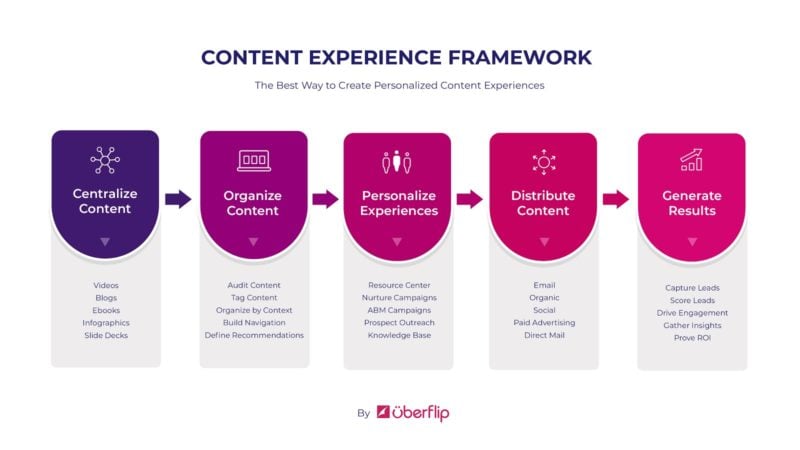
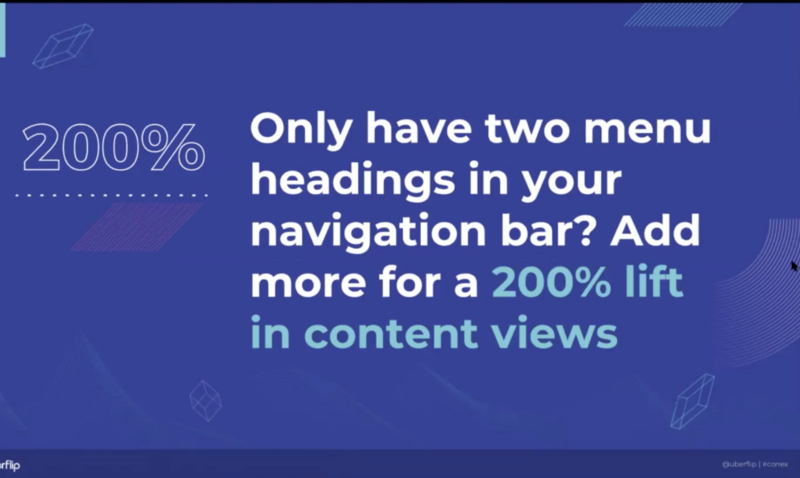
 When you use OCR it just basically captures all that information in a row and so what you end up with is the gobbledygook you see in the box below which is completely useless.
When you use OCR it just basically captures all that information in a row and so what you end up with is the gobbledygook you see in the box below which is completely useless. Textract Works Great with Forms
Textract Works Great with Forms


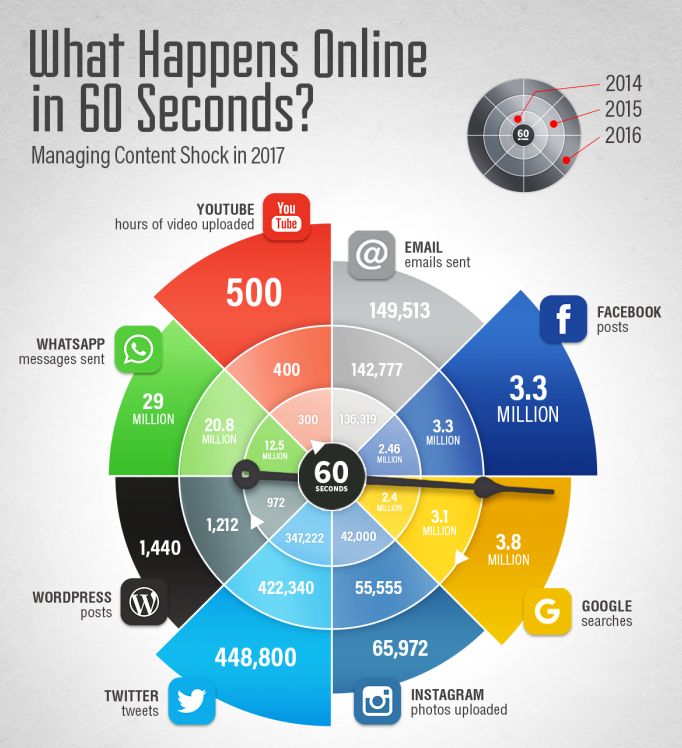
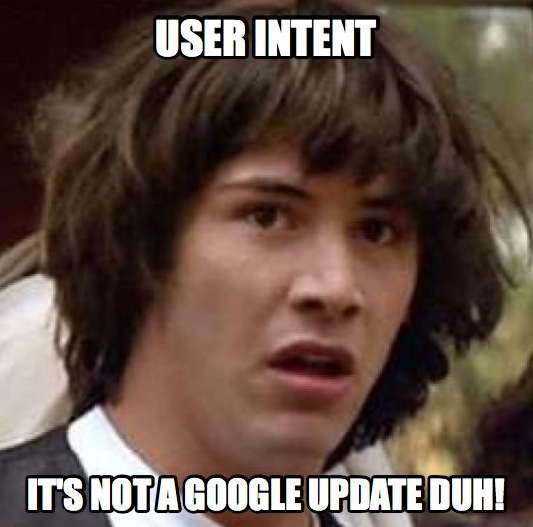
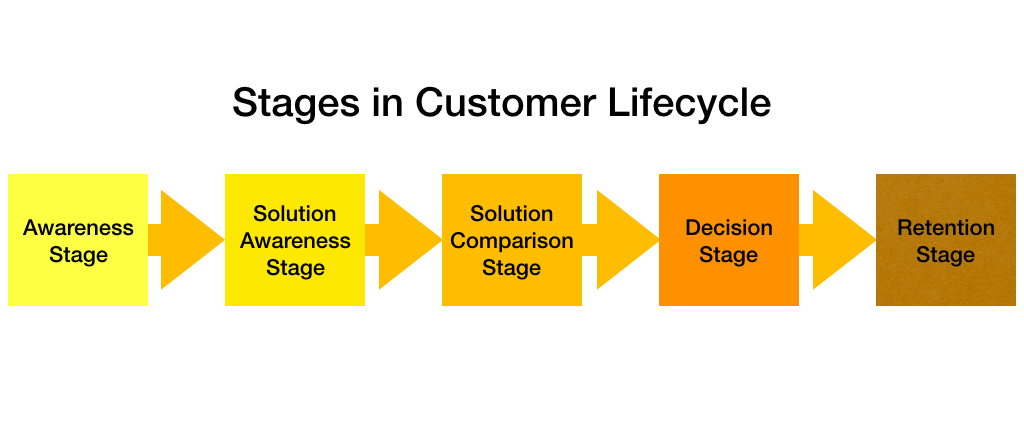
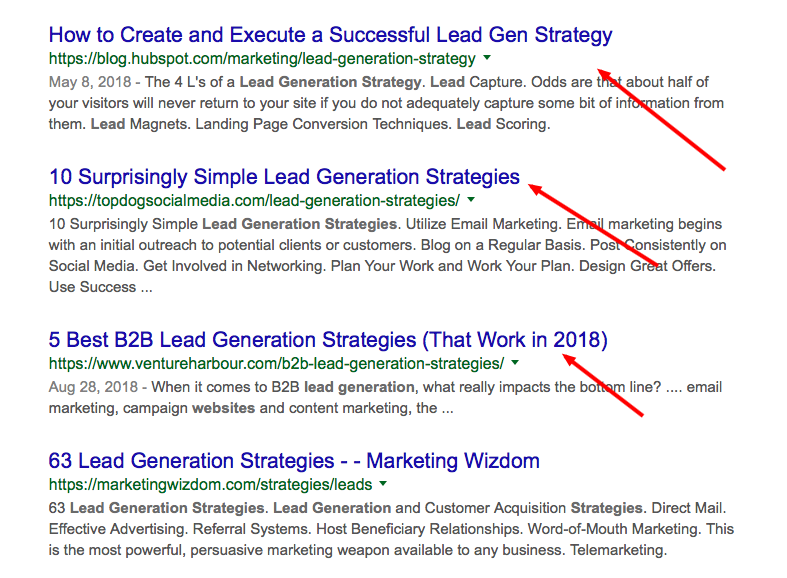
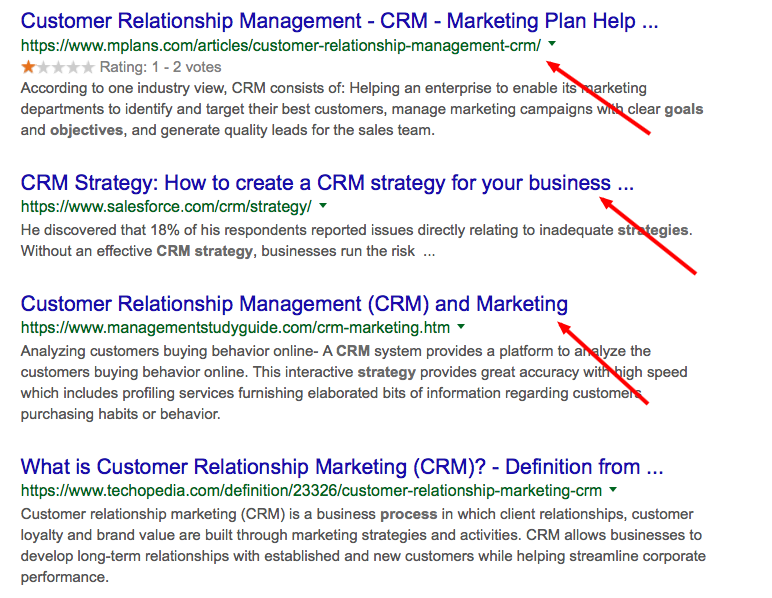
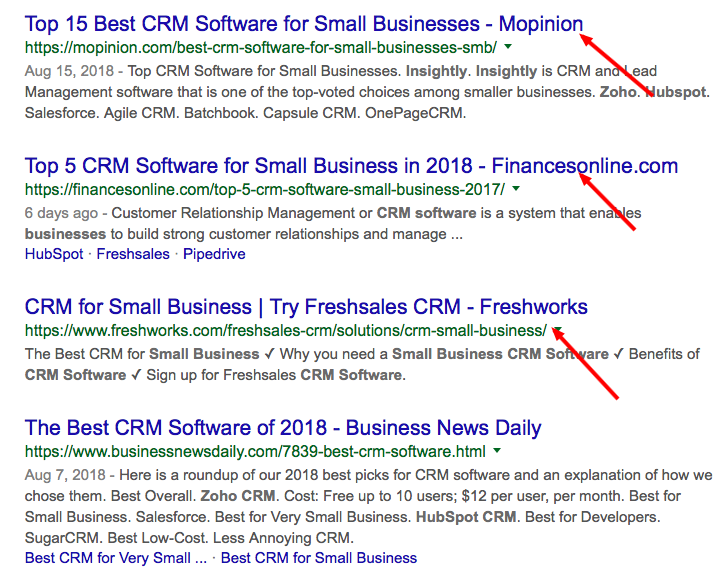
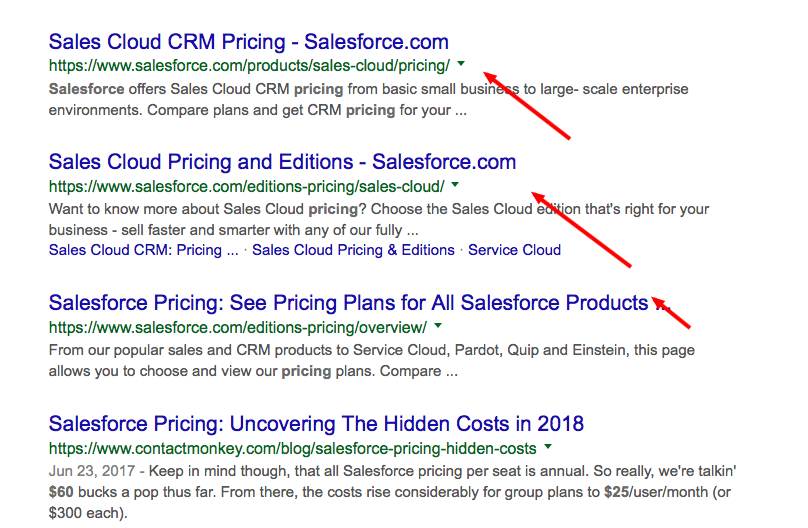
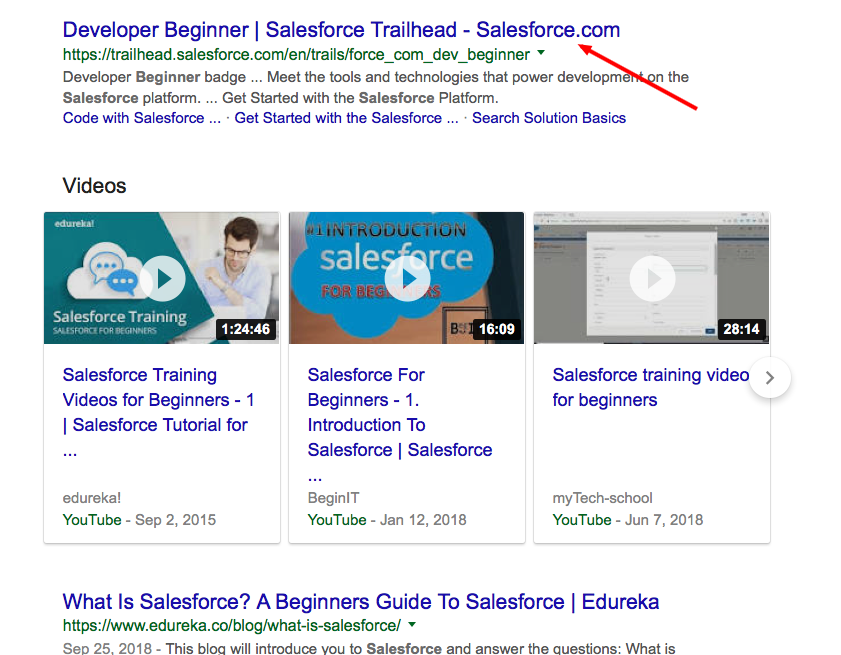
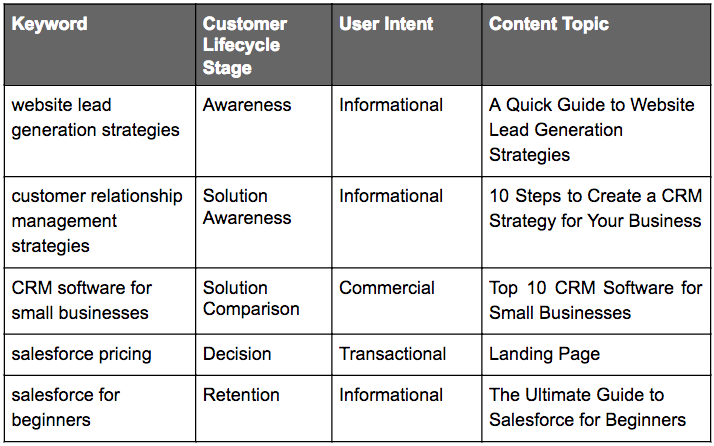
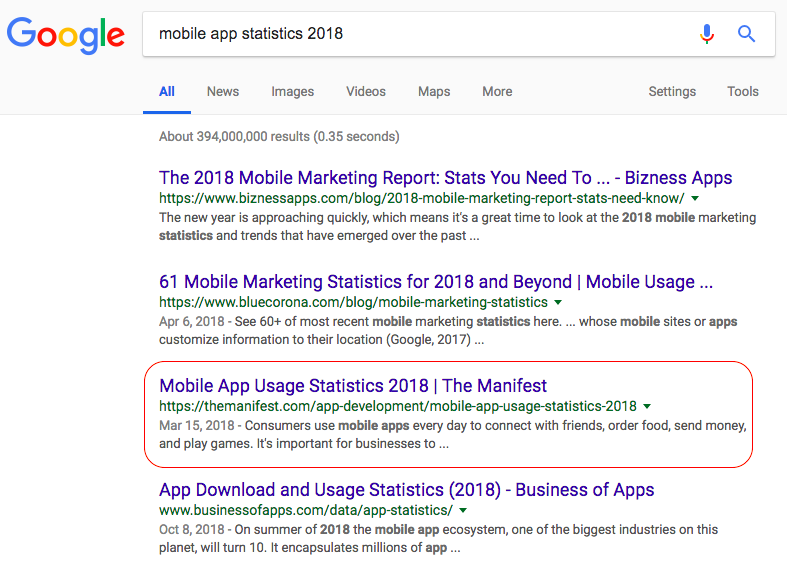
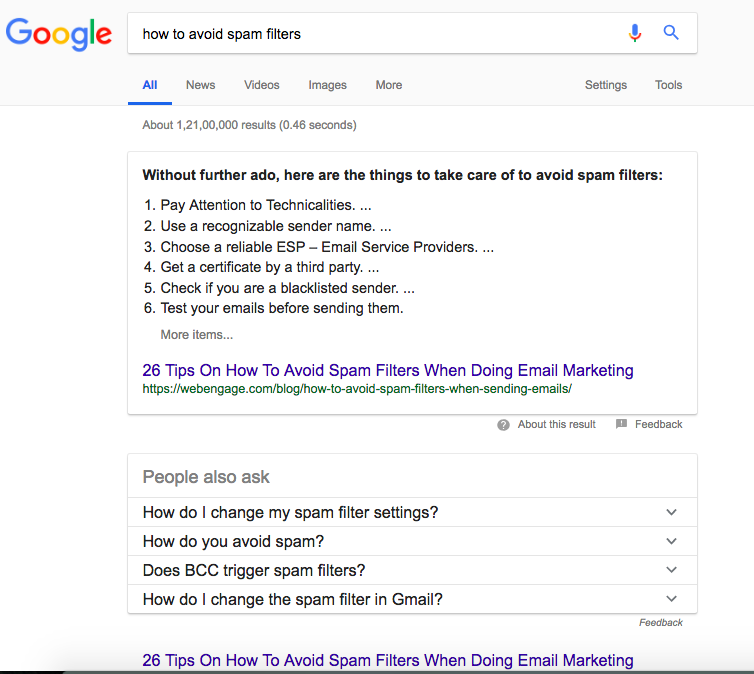
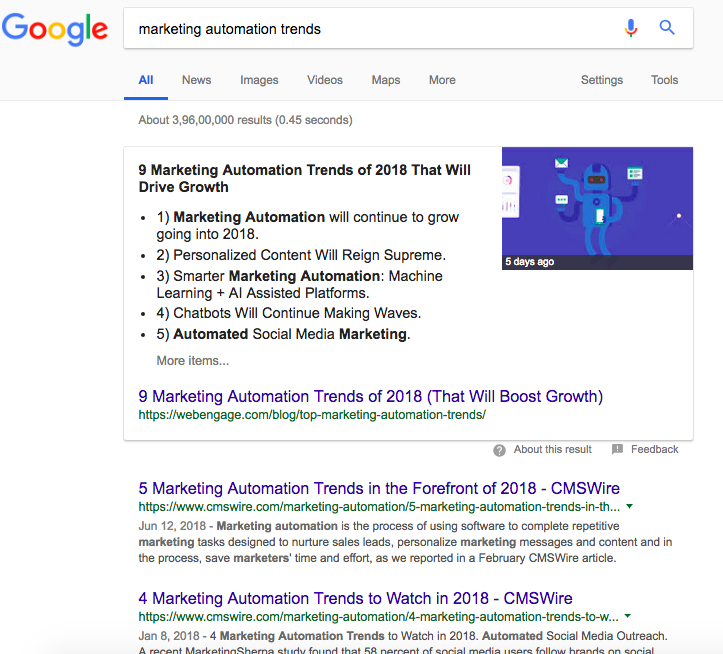


 It’s the scourge of effective marketing: content that caters to everyone and thus caters to no one. It’s plain old vanilla – ubiquitous, bland, and the default choice when you don’t really know what people want or care about and can’t be bothered to find out.
It’s the scourge of effective marketing: content that caters to everyone and thus caters to no one. It’s plain old vanilla – ubiquitous, bland, and the default choice when you don’t really know what people want or care about and can’t be bothered to find out.

